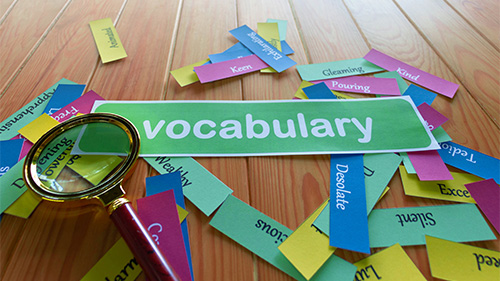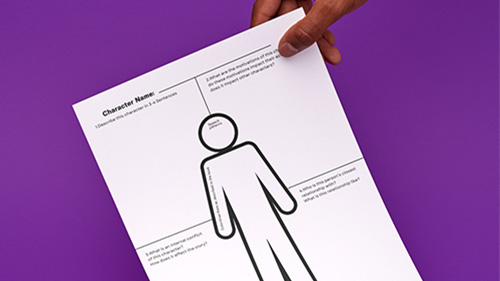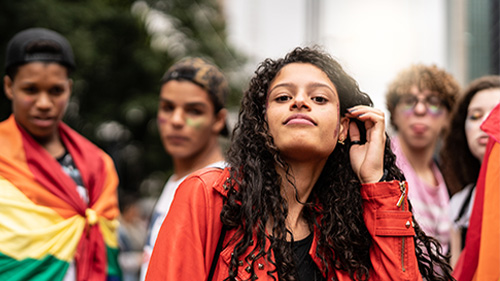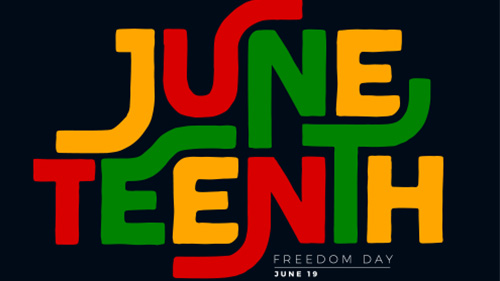Creative Ways to Teach Vocabulary
Teaching vocabulary—integrated into a text or isolation can be tricky when it comes to thinking of engaging ways to create meaning. We fall back on...
AP & Honors Mathematics
Explore Wiley titles to support both AP and Honors mathematics instruction.
Literacy Skills & Intensive Reading
Connections: Reading – Grades 6–12
Empower student success with a proven intensive reading program that develops strong reading skills in striving readers.
Drama, Speech & Debate
Basic Drama Projects 10th Edition
Build students’ confidence and competence with comprehensive, project-based theatre instruction.
Literature
Connections: Literature
Support learners as they study dynamic, relevant texts and bring the richness of diverse voices to students through literature.
Literature & Thought
Develop critical thinking, reading, and writing across literacy themes, genres, historical eras, and current events.
Language Arts
Vocabu-Lit® – Grades 6–12
Help students build word power using high-quality contemporary and classic literature, nonfiction, essays, and more.
Connections: Writing & Language
Help students develop grammar, usage, mechanics, vocabulary, spelling, and writing and editing skills.
Reading/English Language Arts
Measuring Up to the English Language Arts Standards
Incorporate standards-driven teaching strategies to complement your ELA curriculum.
English Language Learners
Measuring Up for English Language Learners
Incorporate research-based best practices for ELLs with an approach that includes a focus on language acquisition strategies.
Mathematics
Measuring Up to the Mathematics Standards
Incorporate standards-driven teaching strategies to complement your mathematics curriculum.
Foundations
Measuring Up Foundations
Help students master foundational math skills that are critical for students to find academic success.
Science
Measuring Up to the Next Generation Science Standards
Give students comprehensive NGSS coverage while targeting instruction and providing rigorous standards practice.
Assessment
Measuring Up Live
Deliver innovative assessment and practice technology designed to offer data-driven instructional support.
For a better website experience, please confirm you are in:

For this activity, students are tasked with creating an Instagram post imagining that their assigned vocabulary word was a person posting on social media. All aspects of the post should relate to the meaning of the vocabulary word. It is more than okay if more than one student is assigned the same word. This allows students to see multiple impressions of the word which gives more chances for lasting connections. Included you will see a sample post for the word “nebulous” that I made to share with my students before they began.
When creating the post, students need to consider:
In addition:
This can be done with paper and pencil or one of many online Instagram post generators (I used Code Beautify for my sample.) To avoid copyright issues, I used Canva AI image generator to create the images.
Before they begin, I present my sample to model my expectations. I give my students the option to do the activity either on paper or digitally. This way they are not hindered by their lack of artistic ability or knowledge of technology. When they finish, I then have them put a picture of their work in a Google Slide show so they can present and explain their choices as I demonstrated at the beginning of the lesson. This allows all students to see and hear about all vocabulary words to create a multitude of ways to remember the word’s meaning. We also compare the differing choices made by students with the same word. Many students recalled details from this assignment when taking the quiz. Any way to make vocabulary real and meaningful is a win to me! And this activity is fun which is a huge bonus for all of us.

Teaching vocabulary—integrated into a text or isolation can be tricky when it comes to thinking of engaging ways to create meaning. We fall back on...

"The “Words of Doom” were an addition to our spelling instruction in middle school ELA. They could easily be adjusted or modified for upper...

Analyzing complex characters in a novel or a short story requires students to look at many things such as how they’re described physically, but also...

In this creative writing activity, secondary ELA students will use what they overhear in the hallways to write poems! Download the lesson template...

During Pride Month, everyone expects coming out stories or rainbow flags to take over their social media profile pics–and honestly, I love those...

Back in my hometown, it was a rite of passage at the age of twelve to get a paper route. There was no status associated with it, nor did it come with...

Over the course of my career as a middle school ELA teacher, I’ve graded more writing pieces than I can count. I’ve graded late into the night, on...

Given that lately I am as burnt out as they come, I found myself wanting to do something unusual.

When it comes to assessments in English classrooms, many teachers fall in the routine of short answer questions, multiple choice questions, and...

Whether teaching literature or rhetoric, close reading is an essential and often difficult skill to teach. This note-taking system, which is a...

Okay, real talk without judgement: How often do you arrive at school in the morning only to second-guess your Middle School ELA class routines? You...

Explore engaging and interactive Juneteenth lesson plans designed for secondary education students to deepen their understanding of this important...
